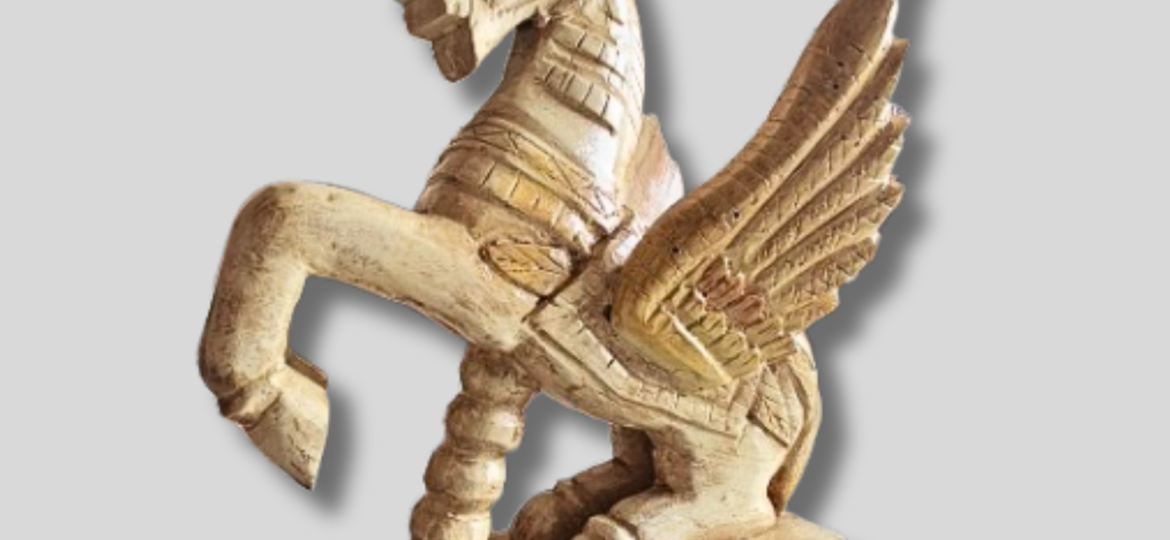
Wooden Craft of Rajasthan: A Legacy of Artistry
Rajasthan, the land of kings, is not just celebrated for its grand palaces and vibrant culture but also for its exquisite wooden crafts. From palatial doors to delicate decor, the wooden artistry of Rajasthan is a testament to centuries-old traditions, exceptional skill, and a rich heritage that continues to enchant art lovers worldwide.
History and Origins
The roots of wooden craft in Rajasthan stretch back to the royal Rajput and Mughal eras. Artisans adorned palaces, temples, and havelis with intricately carved wooden doors, windows, and lattice (jali) work. These masterpieces, many still seen today in Rajasthan’s museums and historic sites, were originally commissioned by kings and wealthy merchants. The designs often feature floral motifs, geometric patterns, tales from ancient mythology, and the influence of Mughal art.
Unique Techniques and Materials
Rajasthani artisans use a variety of woods, each chosen for its texture and durability:
- Sheesham (Indian rosewood)
- Teak
- Mango wood
- Acacia and Babool
- Sandalwood: Valued for its delicate fragrance and fine grain, especially for detailed carvings and miniatures.
The craft begins with careful selection and sketching of designs onto the wood. Using chisels, mallets, engraving knives, and even handmade tools, artisans carve stunning patterns—ranging from deep relief carving to fine latticework. Sometimes, crafts are adorned with metal inlays, meenakari (enamel work), or miniature paintings, showcasing an incredible fusion of techniques.
Iconic Forms of Wooden Craft
Rajasthan’s wooden craft is remarkably diverse, including:
- Doors and Jaali Windows: Grand entrances in palaces and havelis, with intricate detailing and Mughal-Rajput motifs.
- Furniture: Ornately carved chests, chairs, beds, and low tables, often embellished with brass or painted with lively scenes.
- Decorative Panels & Mirrors: Featuring floral, geometric, or mythological themes.
- Temple Mandirs and Home Altars: Detailed religious motifs.
- Toys and Utility Items: Handcrafted wooden toys, jewellery boxes, stationery holders, and more, often painted in bright Rajasthani hues.
- Wooden Craft and Wall Art: Painted and carved, these showcase the region’s unique approach to blending traditional and contemporary aesthetics. One of the most iconic symbols of Rajasthani woodcraft is the handcrafted wooden horse. These figurines are more than just decorative—they embody the valor and nobility of Rajasthan’s warrior legacy.
Regional Centers of Excellence
Several regions are particularly renowned for their contributions:
- Jodhpur: Famous for vibrant furniture and detailed carving.
- Kishangarh: Notable for wood painting with floral and figurative themes.
- Shekhawati, Bikaner, Barmer: Known for carved doors, decorative panels, and chairs.
Cultural Legacy and Modern Evolution
Once limited to architectural wonders, Rajasthan’s wooden craft now caters to global decor trends and sustainable living. Artisans skillfully balance traditional ethos with modern sensibilities, producing everything from traditional furniture to contemporary home accessories. The export of these crafts supports livelihoods, preserves ancient skills, and keeps the vibrant narrative of Rajasthan alive in homes across the world.
Conclusion
Embracing a piece of Rajasthani wooden craft means welcoming a slice of India’s artistic soul into your space. Each carving, motif, and brushstroke is not merely decoration, it is a story of heritage, skill, and enduring beauty.
For those seeking to enrich their living spaces while supporting centuries-old craftsmanship, the wooden wonders of Rajasthan offer unmatched allure and tradition.
Visit thestatesquare.com for more insights into India’s rich arts and crafts!


